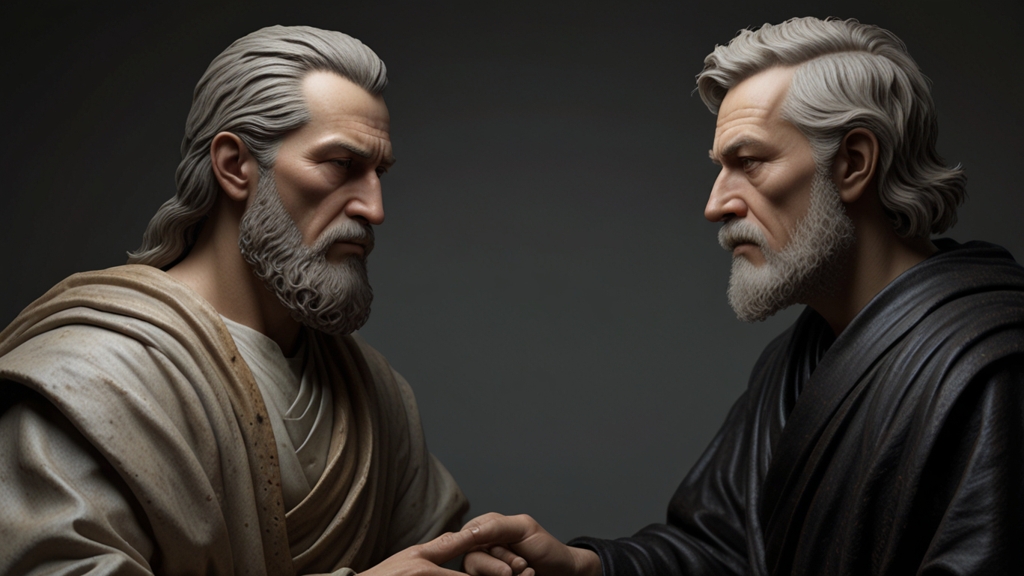Unmasking the Myths Behind Famous Inventions
In the realm of innovation and discovery, legends and myths often intermingle with historical facts. While these stories of eureka moments and solitary geniuses are captivating, they occasionally distort the true essence of how inventions come about. This article endeavors to peel back the layers of myth around some of the world's most renowned inventions, revealing the collaborative effort and incremental progress that are typically involved.
The Lightbulb: More Than Just Edison
Thomas Edison is frequently credited with the invention of the incandescent lightbulb, but history tells a more nuanced story. The journey towards the practical lightbulb involved the work of several inventors over decades. Humphry Davy demonstrated the first electric arc lamp in the early 1800s, and Sir Joseph Swan developed an early version of the incandescent bulb independently of Edison.
"Many of life's failures are people who did not realize how close they were to success when they gave up." - Thomas Edison
Edison's true contribution was not solely in inventing the lightbulb but in improving its design for commercial use, creating a longer-lasting filament, and developing a complete electrical lighting system. He was a master of innovation, but his work stood on the shoulders of others who had contributed significantly to the invention.
Marconi and the Radio: A Tale of Two Innovators
Guglielmo Marconi is often hailed as the father of radio for his pioneering work in long-distance radio transmission. However, the narrative eclipses the essential contributions made by Nikola Tesla. Tesla had performed experiments and obtained patents for the fundamental technology before Marconi's advancements. In fact, Marconi's work built upon Tesla's publications and discoveries.
In 1943, the U.S. Supreme Court recognized Tesla's precedence in the invention of radio by restoring his patents. Despite this legal acknowledgment, popular history tends to favor Marconi, simplifying the saga into a single man's triumph rather than a complex, collaborative endeavor.
The Wright Brothers and Powered Flight
The Wright brothers, Orville and Wilbur, are celebrated for achieving the first controlled, sustained flight of a powered aircraft in 1903. Their aerodynamic insights were revolutionary, but focusing exclusively on the brothers narrows the broader context of aviation development.
Before their success, many inventors and aviation enthusiasts, such as Otto Lilienthal and Samuel Langley, had made significant strides in understanding and developing flying machines. The Wright brothers' genius lay not just in their mechanical invention but in their scientific approach to studying flight, particularly their use of a wind tunnel to test different wing shapes.
Alexander Graham Bell and the Telephone
Alexander Graham Bell is ubiquitously credited with inventing the telephone, yet his story is intertwined with that of Elisha Gray. On February 14, 1876, both Bell and Gray filed patents for the telephone on the same day, leading to a bitter legal battle.
"When one door closes, another opens; but we often look so long and so regretfully upon the closed door that we do not see the one which has opened for us." - Alexander Graham Bell
Bell's priority of filing won him the patent, but debates about the originality and independence of their work continue to this day. The telephone's invention, like many others, was a convergence of efforts and ideas developed over time.
Conclusion: Rethinking the Heroic Inventor Archetype
The narratives of famous inventions often highlight singular, heroic figures, but these stories usually mask the complex and collaborative nature of scientific and technological advancements. Recognizing the broader spectrum of contributions does not diminish the achievements of individual inventors but enriches our understanding of the innovation process.
In a world increasingly reliant on interdisciplinary collaboration and collective ingenuity, it is more accurate and inspiring to view these historic milestones as cumulative efforts. By unmasking the myths behind famous inventions, we not only honor the unsung heroes but also appreciate the intricate tapestry of human progress.









